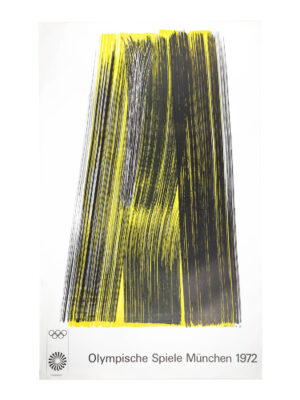Hans Hartung 
Hans Hartung 
Hans Hartung 
Hans Hartung 
Hans Hartung 
Hans Hartung 
Hans Hartung 
Hans Hartung 
Hans Hartung 
Hans Hartung 
Hans Hartung 
Hans Hartung 
Hans Hartung 
Hans Hartung 
Hans Hartung 
Hans Hartung 
Hans Hartung 
Hans Hartung 
Hans Hartung 
Hans Hartung 
Hans Hartung 
Hans Hartung 
Hans Hartung 
Hans Hartung 
Hans Hartung 
Hans Hartung 
Hans Hartung 
Hans Hartung 
Hans Hartung 
Hans Hartung 
Showing the single result
